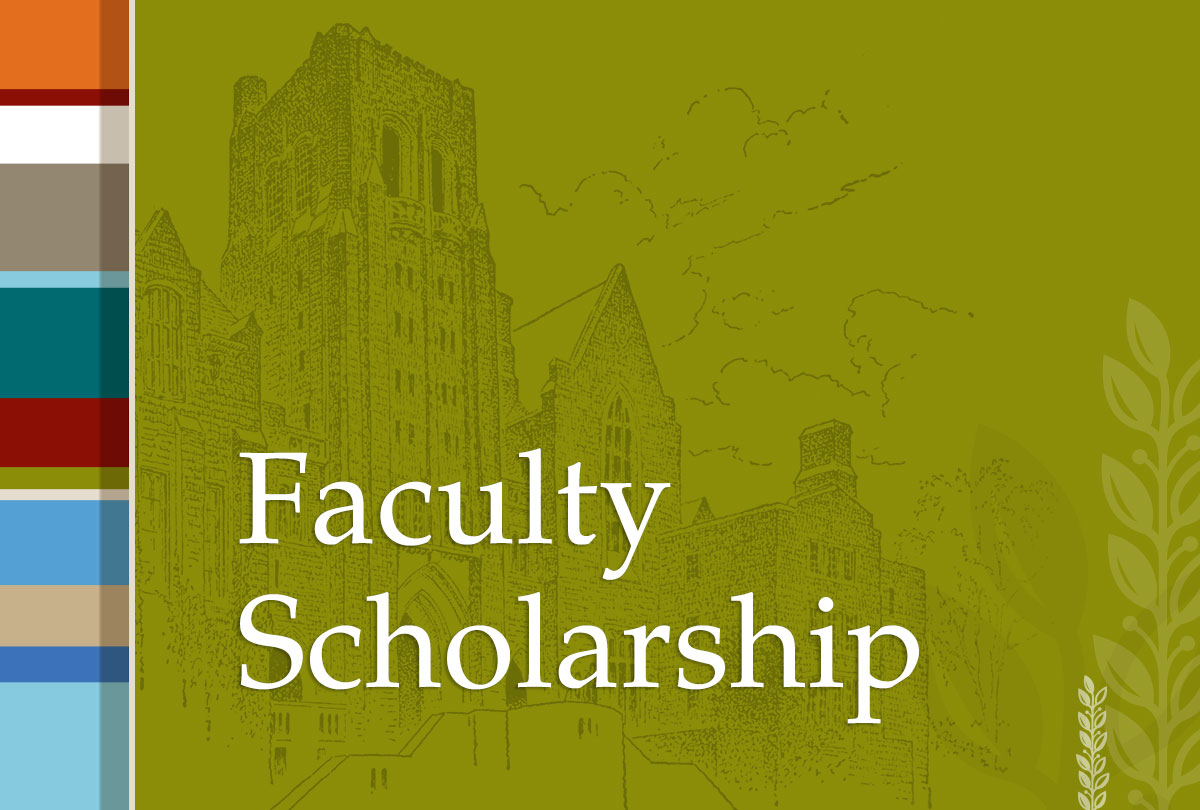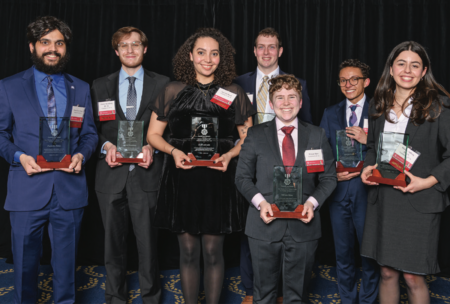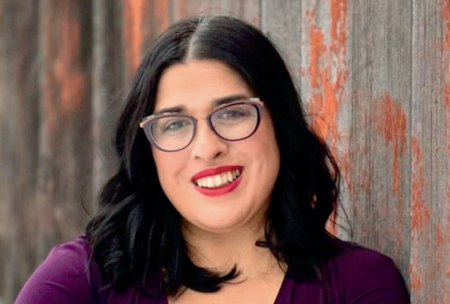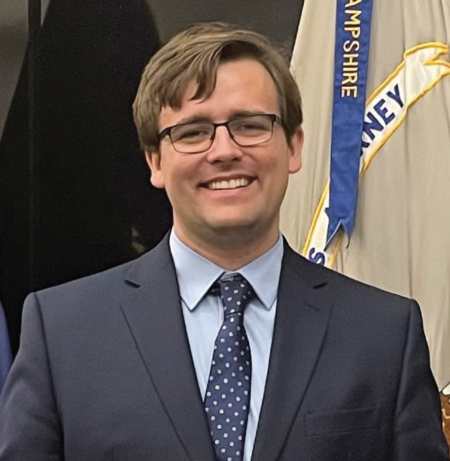Elizabeth Brundige, Clinical Professor of Law (with coauthors Tamar Ezer, Aya Fujimura-Fanselow, and Ryan Thoreson)
“Integrating Human Rights in Domestic Clinical Practice,” Duke Law School Public Law & Legal Theory Series, no. 2024- 03 (forthcoming 2024).
Given that the human rights framework contains a rich and evolving body of norms and standards, integrating human rights law into clinical teaching provides new avenues to approach problem solving. A human rights framework offers additional sources to ground moral and legal claims, as well as new strategies and advocacy targets. These alternatives work to foster creativity and lawyering skills, particularly in areas where domestic law is limited or constraining. Moreover, U.S. advocates have much to learn from global human rights struggles and advocacy efforts and can benefit from engaging in human rights discourse and practice. This article introduces readers to human rights norms and strategies as potential teaching and advocacy tools, providing practical case studies and exploring both opportunities and challenges.
Yun-chien Chang, Jack G. Clarke Professor in East Asian Law and Director of the Clarke Program in East Asian Law and Culture (with coauthor Geoffrey P. Miller)
“Decay of Precedent in State Supreme Courts,” N.Y.U. Journal of Legislation and Public Policy (forthcoming 2024).
This paper investigates the decay of precedents in three unique databases: citations in all published opinions by state supreme courts in 2019 (102,555 citations); citations in all published opinions by state supreme courts in 2003 (114,777 citations); and citations by all state and federal courts to state supreme court opinions issued in 2003 (259,627 citations). Chang and Miller find that the frequency of citation drops off by a roughly constant ratio with each passing year. The large scale of the yearly data and the time studied (1904–2019) suggests that this pattern must be the result of underlying forces not having to do with particular circumstances of time or place. The authors also find that cases with dissents tend to cite older cases and longer decisions tend to be cited more often and faster. Criminal law cases, as compared to constitutional law cases, tend to cite more recent precedents, while trust and estate cases tend to cite older precedents. The authors offer some conjectures about possible reasons for the observed differences in decay rates.
Michael C. Dorf, Robert S. Stevens Professor of Law
“Race-Neutrality, Baselines, and Ideological Jujitsu After Students for Fair Admissions,” Texas Law Review (forthcoming 2024).
Before the Supreme Court’s 2023 ruling that equal protection and Title VI bar expressly race-based plus factors in higher education admissions, many critics of affirmative action had pointed to facially race-neutral admissions criteria (such as guaranteed college admission for high school graduates near the top of their classes) as lawful alternatives that resulted in substantial racial diversity and thus rendered expressly race-based criteria unnecessary. This article argues that diversity’s proponents can deploy “ideological jujitsu” to repurpose their opponents’ prior claims. It explains that there remains room in the law to distinguish benign from invidious purposes with respect to facially race-neutral practices. Nevertheless, recognizing the conservative judiciary’s potential hostility to that distinction, the article practices ideological jujitsu by redeploying Palmer v. Thompson, 403 U.S. 217 (1971), in which the Court infamously allowed Jackson, Mississippi, to close all of its public swimming pools in the face of a desegregation order. Although the Palmer Court was wrong to see the particular impact as race-neutral, it was right about one extremely important point: the correct baseline for measuring disparate impact is not whatever policy happened to precede the challenged practice. Cases involving statutory disparate impact do not provide a one-size-fits-all definition of the proper baseline, but they make clear that the racial distribution that preceded the challenged practice is not, merely in virtue of its prior use, the right one. The article also explains that if one recognizes racially disparate stigma as the real flaw in Palmer, the argument against a status quo ante baseline does not carry with it the disturbing implication that adoption of race-neutral means to achieve invidious ends is lawful.
Sherry F. Colb (1966–2022), C.S. Wong Professor of Law Michael C. Dorf, Robert S. Stevens Professor of Law
“Mandating Nature’s Course,” Cornell Law Review (forthcoming 2024).
Laws that substantially restrict abortion, gender-affirming care, and aid in dying do not merely forbid particular acts; they effectively mandate burdensome bodily obligations. Yet many proponents of such restrictions purport to support a right to bodily autonomy in other contexts, for example by opposing public health vaccination and masking mandates. They distinguish the former restrictions on the ground that such laws merely allow nature to take its course (NTIC). The NTIC claim is widespread. It may appeal to religion, a tendency to equate nature with wholesomeness, or a version of the act/omission distinction. Nonetheless, the NTIC defense fails because it rests on unarticulated normative grounds for attributing to nature some but not all results of legal prohibitions. Setting aside NTIC claims rightly focuses attention on whether strong countervailing interests justify restrictions on bodily autonomy.
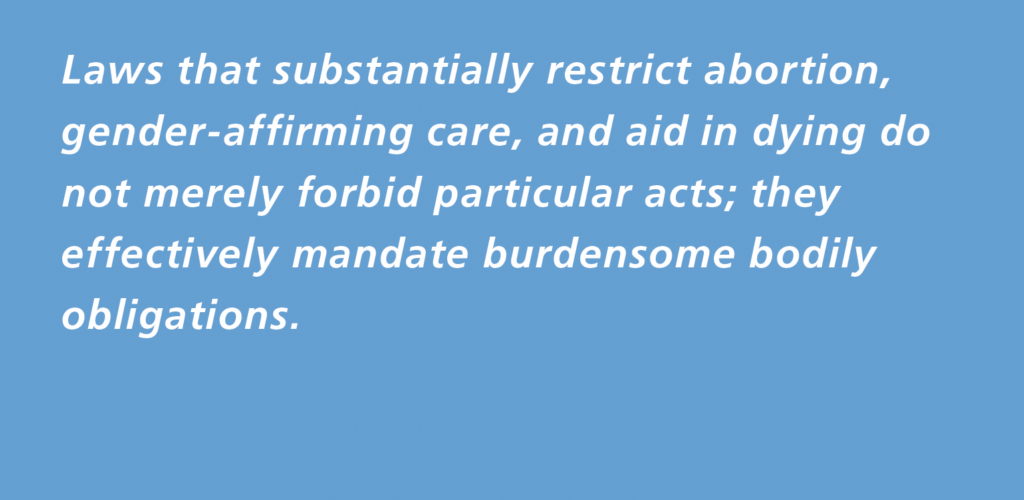
Jaclyn Kelley-Widmer, Clinical Professor of Law (Lawyering)
“Why Not a 1L Clinic?” Clinical Law Review (forthcoming 2024).
This article explores the benefits and challenges of offering a clinical course for first-year law students. Currently, only five percent of law schools permit 1Ls to take clinical courses, and only two law schools offer clinics specifically designed for 1Ls. Drawing from the author’s experience teaching a 1L clinic and contextualizing this project within experiential education pedagogy and the broader law-school curriculum, the article explores reasons a law school might opt to develop a clinical course for 1Ls. The article provides a snapshot of the student perspective through data analysis of students’ self-reported reasons for enrolling in the clinic and experiences gained in the course. Further, the article discusses specific pedagogical innovations and benefits of a 1L clinic, and it frankly assesses and strategizes around the inherent challenges in such a project. Finally, the article presents concrete ideas for how schools might build on this knowledge to design new clinical programs and other credited experiential work for first-year law students.
Saule Omarova, Beth and Marc Goldberg Professor of Law (with coauthor Graham Steele)
“Banking and Antitrust,” Yale Law Journal, vol. 133, no. 4 (2024).
Money is power. Banks have the extraordinary power to create the nation’s money and credit, which they are entrusted to channel into productive economic uses. Like most other forms of economic power, this publicly granted privilege can be abused for private gain. That is why the “money monopoly” and “money trusts” were once considered one of the most dangerous forms of concentrated private wealth, an existential threat to economic freedom and American democracy. Yet, for the past half-century, the law governing banks and the law curbing monopolies have occupied doctrinally and normatively separate spaces. Today, banking law is seen predominantly as an instrument of ensuring banks’ “safety and soundness,” which only minimally overlaps with competition-focused antitrust law.
This essay offers a new understanding of banking law and its connection to antitrust. It argues that, contrary to the prevailing view, U.S. bank regulation operates as a comprehensive antimonopoly regime, designed to prevent excessive concentration of private power over the supply and allocation of money and credit in a democratic economy. The essay shows how multiple provisions of banking law impose structural constraints on banks’ ability to abuse public subsidy and other government-granted powers and privileges. While often understood as serving purely prudential purposes, these statutes and regulations seek to protect America’s economy from potentially perilous competitive distortions and domination by concentrated financial interests.
Reframing the core narrative of U.S. banking law around the issue of economic power in a democratic society has far-reaching implications. Embracing the embedded antimonopoly spirit of bank regulation can fundamentally reset policymakers’ priorities and expand their options. It can generate more effective and comprehensive solutions to some of today’s most pressing public policy challenges, from the continuing growth of “too big to fail” banks to the rise of crypto and digital platform-based finance.

Frank Pasquale, Professor of Law
“Power and Knowledge in Policy Evaluation: From Managing Budgets to Analyzing Scenarios,” Law and Contemporary Problems, vol. 86, no. 3 (2023).
The Office of Management and Budget (OMB) has a critical role in U.S. policy evaluation, often focused on formal cost-benefit analysis (CBA) conducted by the Office of Information and Regulatory Affairs (OIRA). While useful in many contexts, formal CBA has also led to biased and short-sighted impact analysis. Deeply economistic, quantitative, and algorithmic, formal CBA tends to discount qualitative, non-algorithmic, and non-economic modes of thought. Depending on the type of regulatory decision at issue, OMB should complement, structure, or replace formal CBA with scenario analyses that elucidate costs and benefits in a variety of situations, rather than trying to average across projections to reduce the net benefit or cost estimate to a single number or range of numbers.
This article describes paths to scenario analyses that give a fuller and fairer picture of the productive potential of regulation. It also contributes to Weberian social theory, re-articulating the classic tension between political and academic vocations, while proposing a new relationship between power and knowledge in policy evaluation. Properly executed, scenario analysis would advance sorely needed forms of expertise in policy evaluation, ranging from the historical to the philosophical to the sociological. It would also constitute a more honest (if less determinate) method than CBA, more appropriate for the present age of rapid and unpredictable technological, geopolitical, and social developments.

W. Bradley Wendel, Edwin H. Woodruff Professor of Law
“Controlling the Delegation of Control,” Theoretical Inquiries in Law, vol. 25, no. 2 (2023).
How much control may a third-party litigation funder exercise over the conduct of litigation by the funded party? The conventional answer is “none whatsoever” and that litigation funders must be purely passive investors. From the point of view of the ethics of the lawyer-client relationship, however, Wendel does not see a problem with the client having contractual relationships with third parties that have an impact on the client’s litigation strategy or otherwise on the instructions the client gives to the lawyer about its interests. Legal ethics similarly is not responsive to any duties of care—call them tort, fiduciary, or non-fiduciary norms of good faith and fair dealing—existing between the claim owner and a third-party funder. Lawyers should not second-guess these instructions and do not have duties of loyalty or independence to inquire into the reasons the client may have for encumbering its decision-making authority in one way or another.
It is also an analytical mistake to import the protections for the lawyer-client fiduciary relationship into the relationship between the claim and a litigation funder. This is true whether the source of regulatory authority is principles of legal ethics or a common law doctrine like champerty and maintenance. Following on a 2013 article co-authored with Professor Anthony Sebok, this paper contends that contract principles, including implied terms of good faith and fair dealing, are adequate to address the risks to both parties arising from litigation investment agreements.
